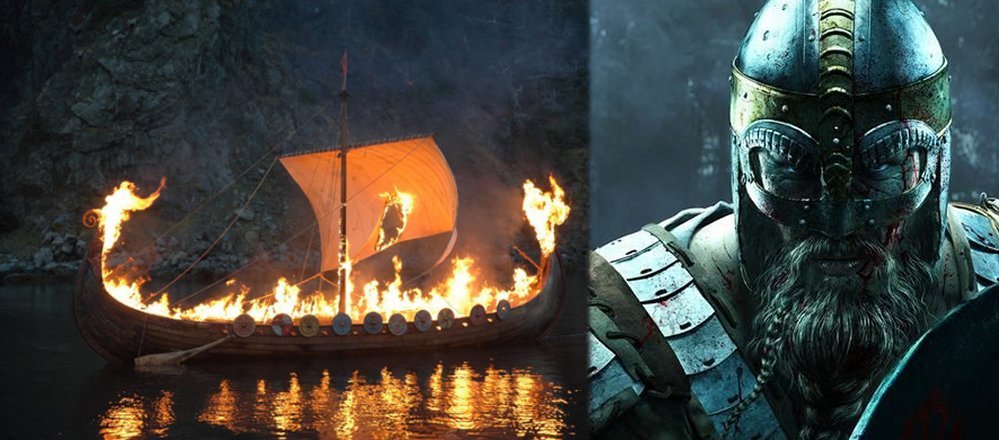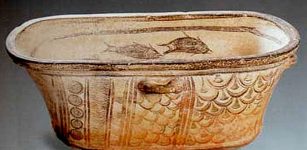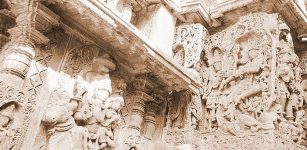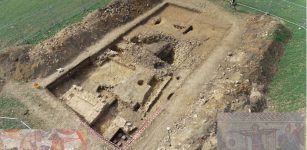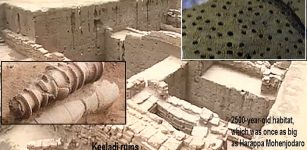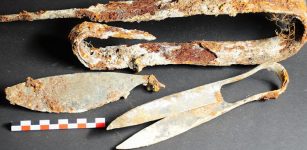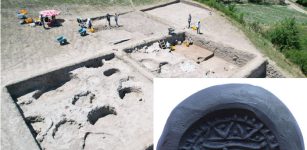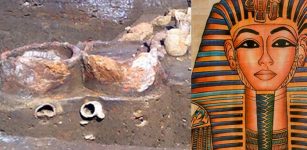Search For A Viking Cemetery Near Truso Settlement In Janow, Poland – Continues
Conny Waters - AncientPages.com - From the 8th to the end of the 10th century (or the mid- 11th century), in the area of today's Janów, near Elbląg, in northern Poland, there was a Viking settlement.
The place’s exact location was determined for the first time in the 1980s by Dr. Marek Jagodziński from the Museum of Archeology and History in Elbląg. The Truso settlement is one of the best researched Viking trade centers on the Baltic Sea. It was the Danish port and a commercial center on the southern coast of the Baltic Sea.
For many years, archaeologists have been trying to locate a Viking cemetery that once existed in the vicinity of the settlement. Until now, they have successfully managed to outline the boundaries of the port and its commercial, residential areas. The settlement covered over 20 ha (49 acres) and was surrounded by defensive fortifications, writes Science in Poland.
Truso’s inhabitants were busy with farming and fishing as well as trade and specialized crafts - blacksmithing, jewelry, amber, and horn-making. Now, the research focuses on finding the cemetery where the residents could bury their dead.
"We suppose that the necropolis was located to the south-west of the settlement. This is evidenced by the discoveries made in the 19th century, during the leveling of the area for new buildings. At that time, the builders came across numerous fragments of clay vessels, ash, charcoal, and even the remains of skeletons human and horse "- says Dr. Marek Jagodziński, who is also leading a new research project in Truso.
He adds that the accounts of the bones found also date back to the 1960s when blocks for people working in the nearby state farms were erected.
A GPR (Ground-penetrating radar), two larger structures were already detected - they are most probably the outlines of houses 5 by 10 m in size, Dr. Jagodziński said. This is a typical size of Viking houses known from other parts of the settlement. Elsewhere, the researchers recorded 5 small, circular anomalies arranged next to each other.
However, even with the help of GPR, it was only possible to examine 16 ares (1,600 m2) of the area. Jagodziński emphasizes that geophysical research was seriously hindered because the area is built-up.
"The outlines of the alleged houses discovered during the research do not necessarily prove that the thesis about the cemetery in this place is incorrect. We cannot rule out that they come from a different period" - noted Jagodziński.
Archaeologists also made use of boreholes. These are "pipes" with a diameter of a few centimeters, which allow the cores to be removed from the substrate. Their content - in the form of polyps, charcoal, fragments of ceramics, make us think that people were active in this place during the Middle Ages.
The dead from Truso could be buried in various ways. However, no remains in the form of bones could be found.
The Danes, as a rule, burned their dead on a pyre. You can read our article -
Viking Burial Rituals: High Ancient Funeral Pyre Reflected High Social Status
However, as early as the 9th century, Christianity was reaching the Viking trading posts, which is confirmed by finds in the form of metal crosses or liturgical vessels used during the celebration of the mass. Therefore, the discovery of skeletal remains should not be difficult to locate. Truso ceased to exist in the 11th century. Until then, it had commercial contacts with almost all of Europe.
Many people living in Truso could have moved to the emerging settlement in the area of today's Gdańsk. Traces of Truso have been lost for many centuries.
Written by Conny Waters - AncientPages.com Staff Writer


